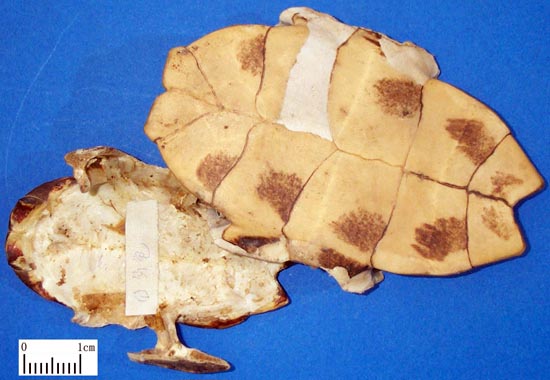Distribution:
Japan, Korea and in most provinces of China, except Northeastern area, Qinghai, Tibet, Inner Mongolia, Ningxia, Xinjiang area. It is distributed in Hebei, Henan, Jiangsu, Shandong, Anhui, Guangdong, Guangxi, Hubei, Sichuan, Yunnan, Shaanxi provinces. The herb is mainly produced in Hubei, Anhui, Hunan, Jiangsu, Zhejiang provinces. Beside that, it also produced in Guangdong, Sichuan, Guizhou, Fujian, Shaanxi, Henan, Shanghai areas.
Properties (characteristics):
Salty, sweet, neutral.
Channels meridians) entered:
Liver, kidney, heart.
Medical functions:
Improves function of anti-cancer ability
Actions & Indications:
Being used in yinxu (yin deficient), gu zhen lao re, hot flashes with night sweating, chronic ache in loin and knees, weakness in knees and feet of the aged, spermatorrhea and chronic cough, soft bones in small children, late development of teeth in small children and late in fusing of the anterior fontanel, Palpitation, Insomnia and forgetfulness, over abundance of bleeding during menses, heat in blood with bleeding not during menses, dark purple pieces of blood during menses, difficulty in delivery.

Chemical ingredients:
Protein (about 32%)
collagen
aspartate
threonine
methionine
phenylalanine
leucine
Dosage:
Internal use: 10 to 24 g in decoction. Suitable to roast in sand. If usig raw shells, boil before other herbs.
External use: char and retain property. Grind into powder and apply on affected area.
Cautions:
Not to use in cases of yangxu (yang deficient) or pixu (spleen deficient);
Not to use in cases of cold / flu infection not yet cleared;
Use with care during pregnancies

![Diseases, Symptoms, tcm, [tcmwindow.com]](/uploadFile/adImg/2015/11/11/f5cbfcc0-4df5-4646-9b9a-f316651a0199.jpg)





